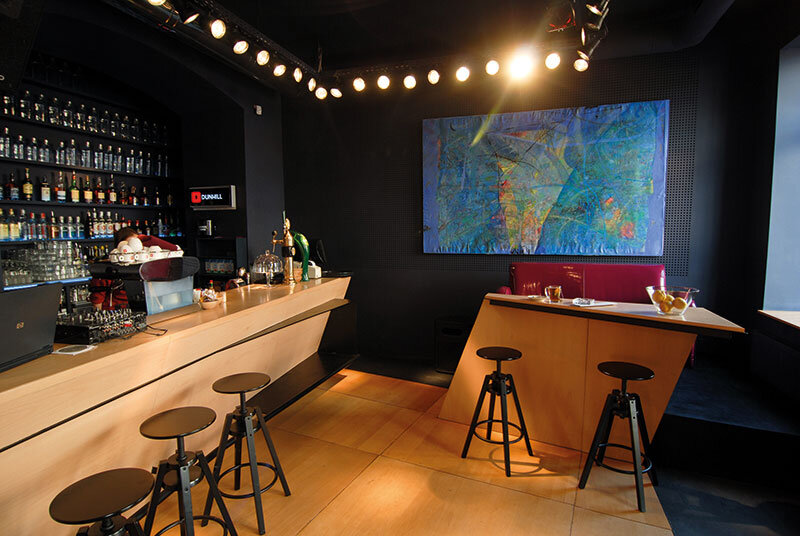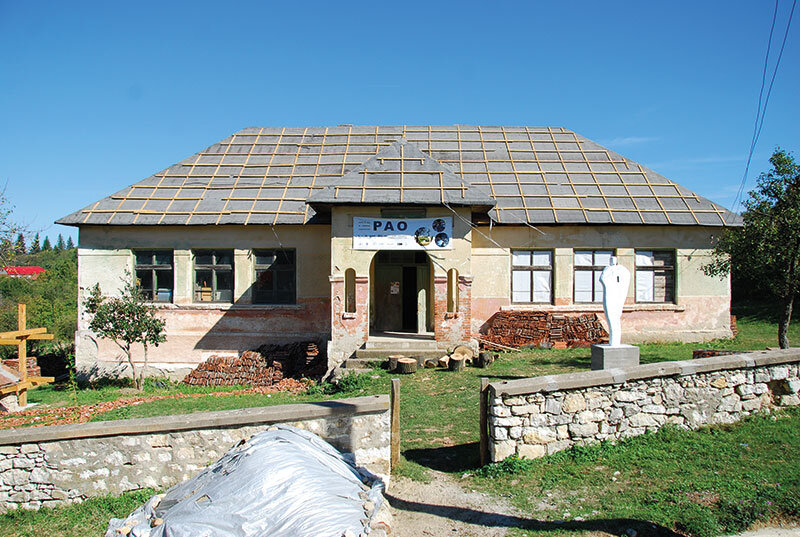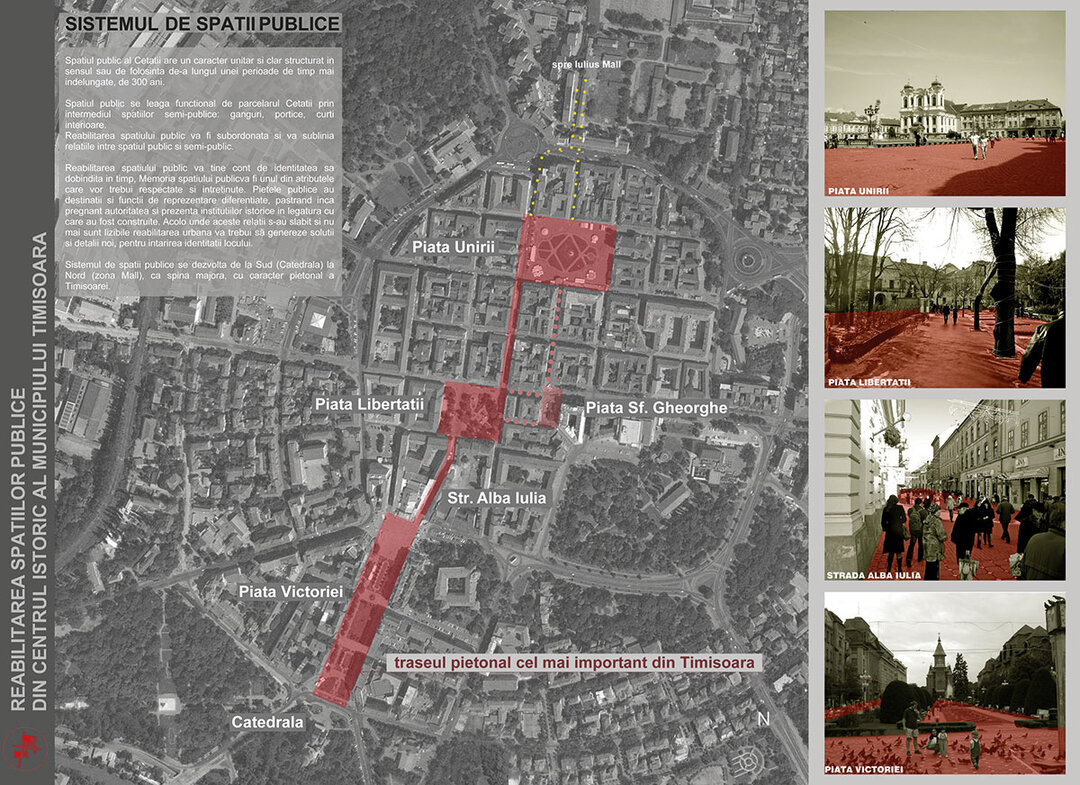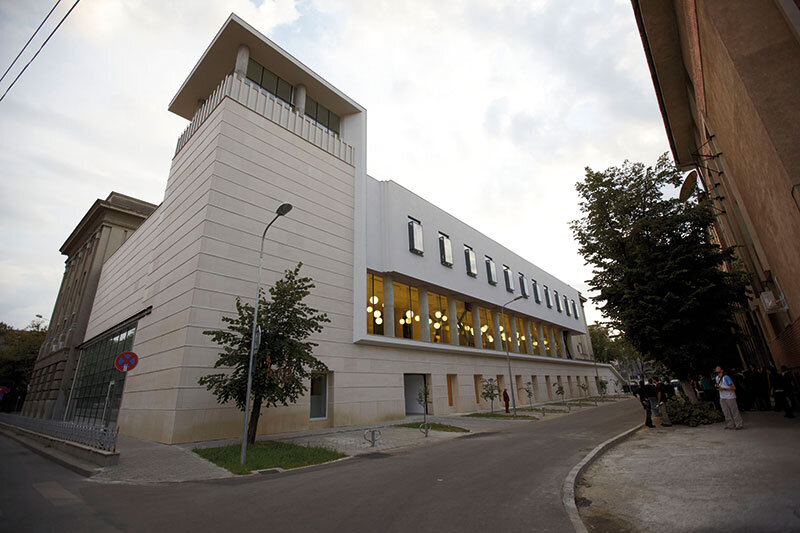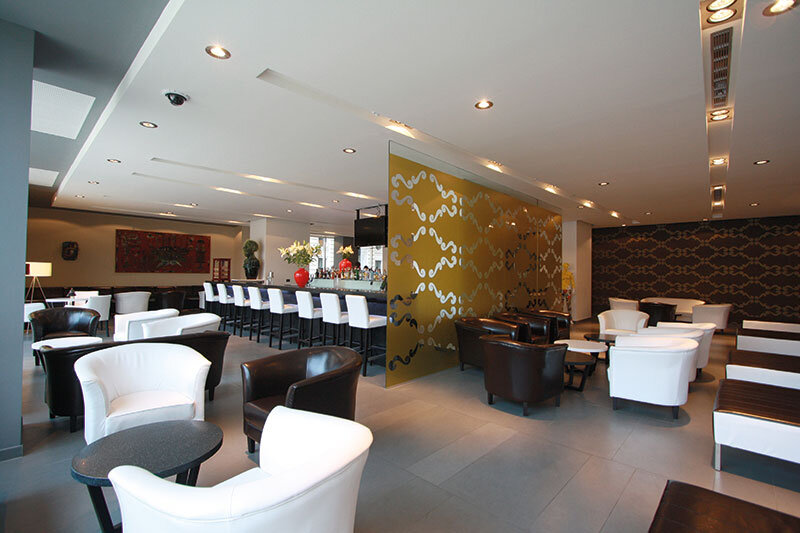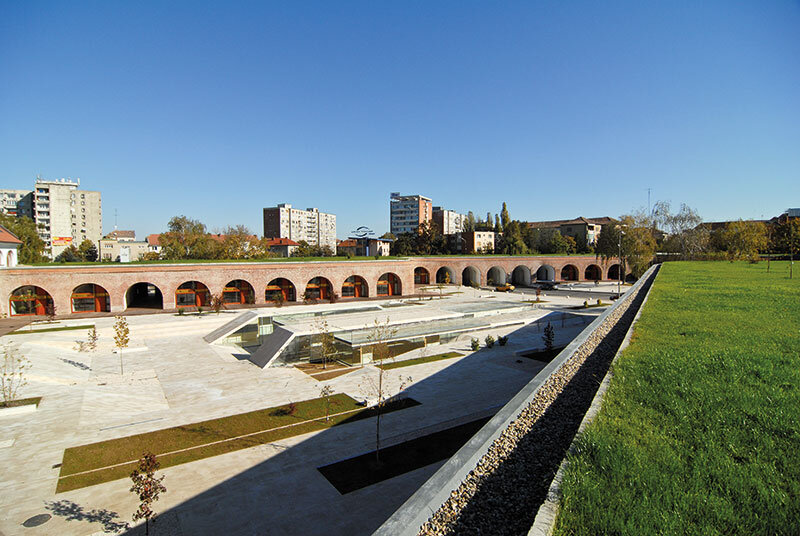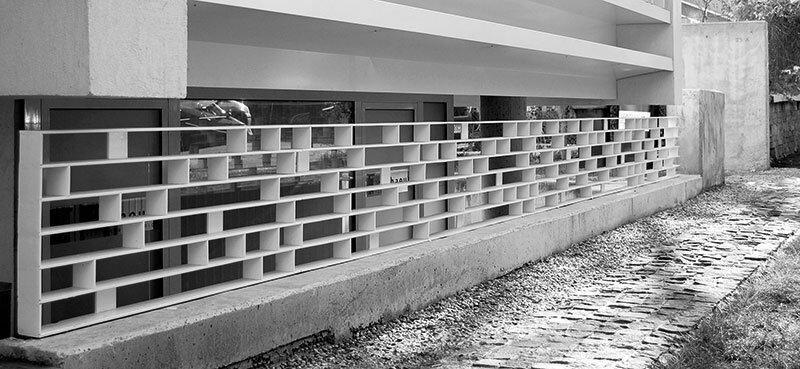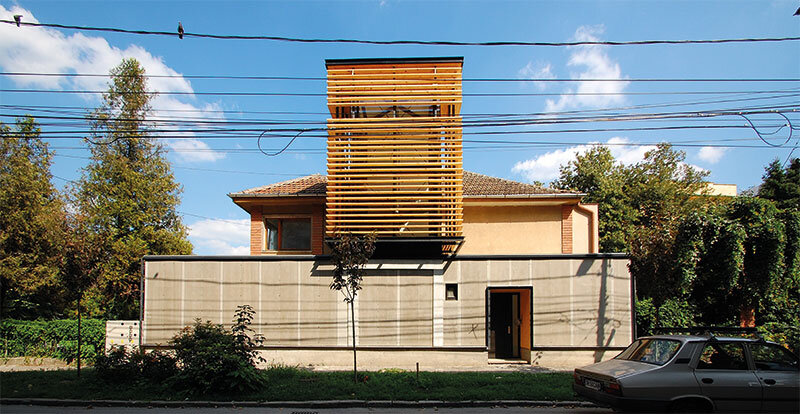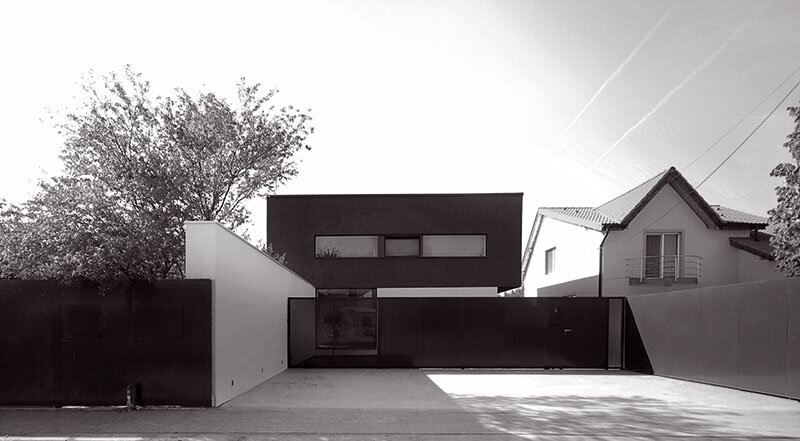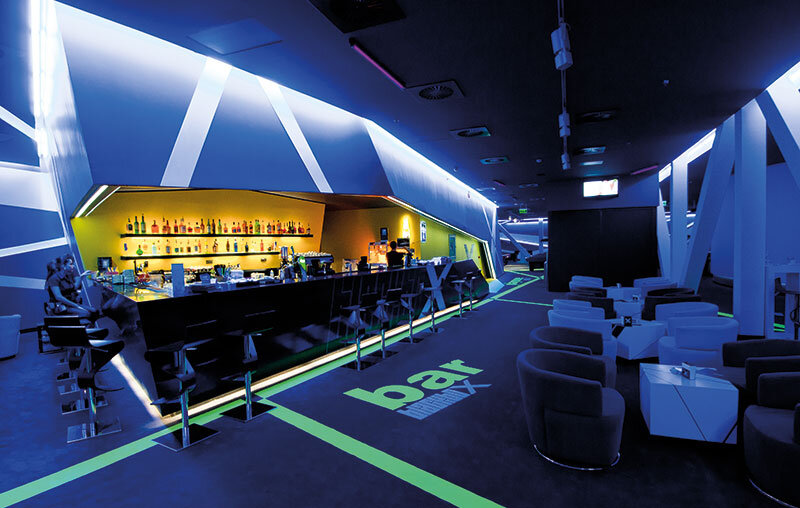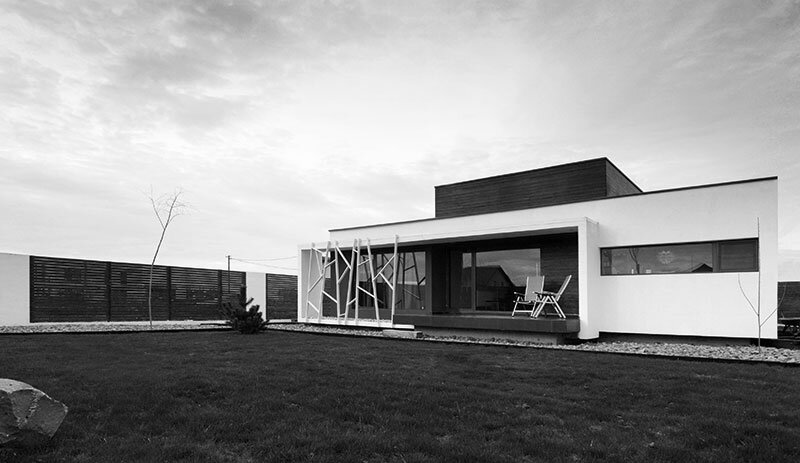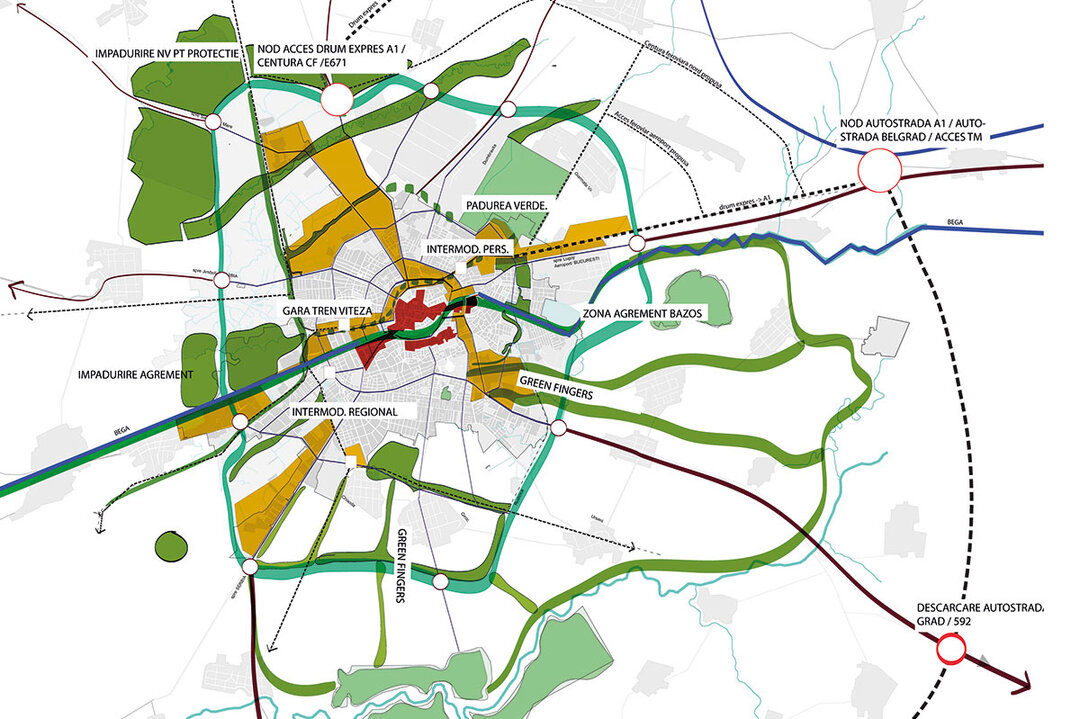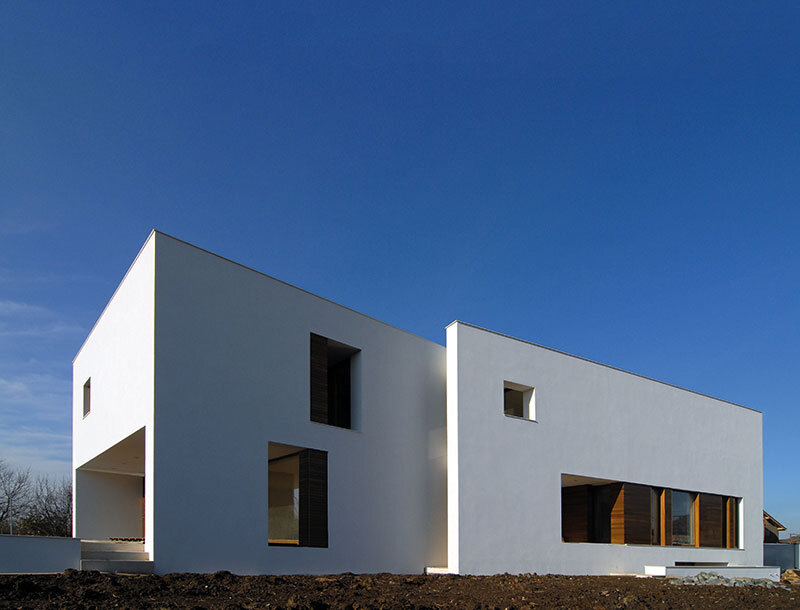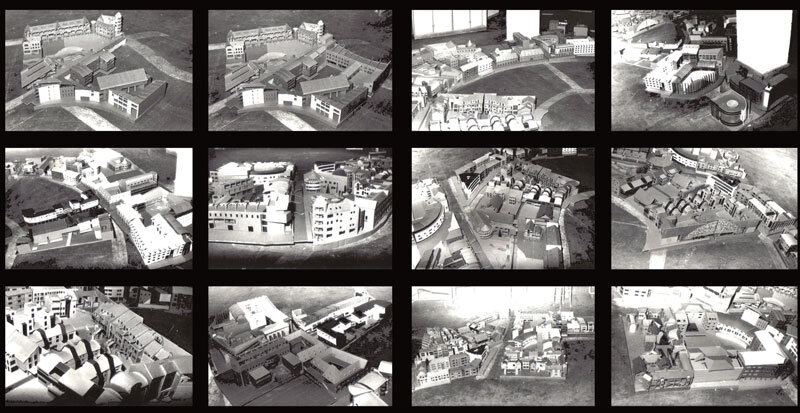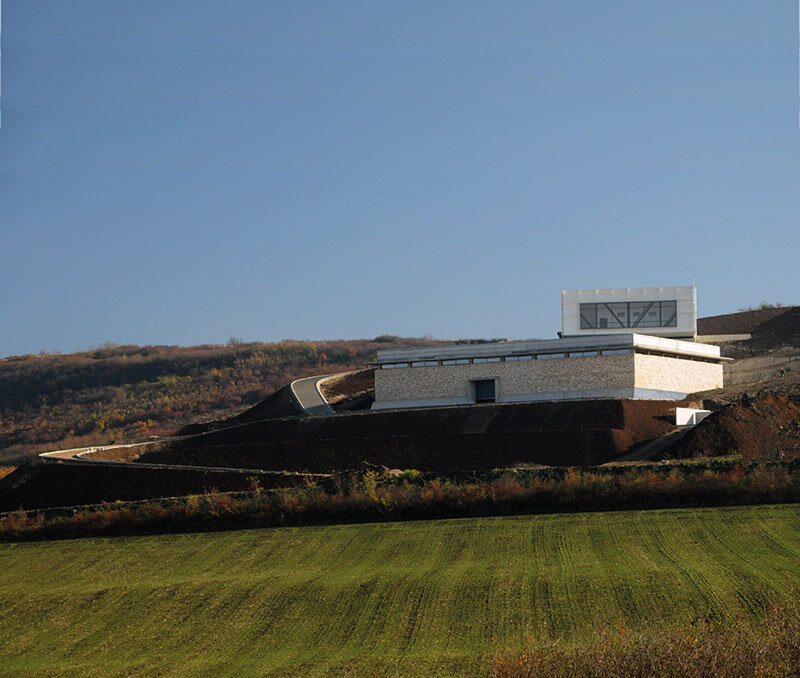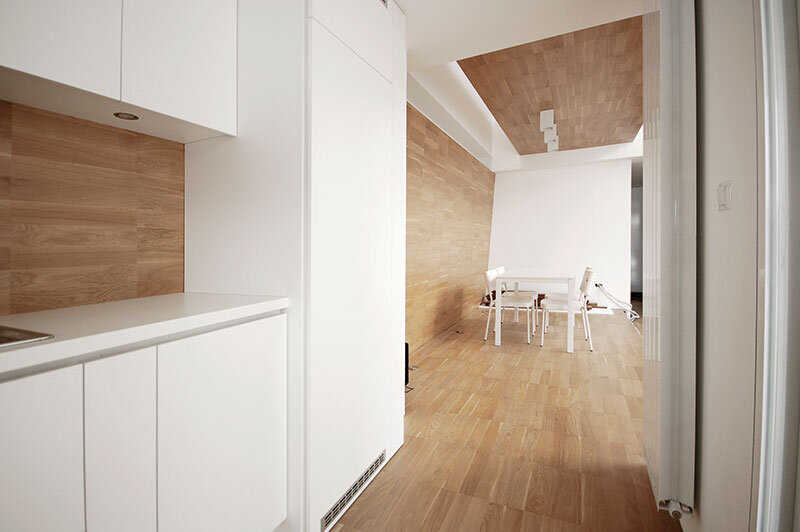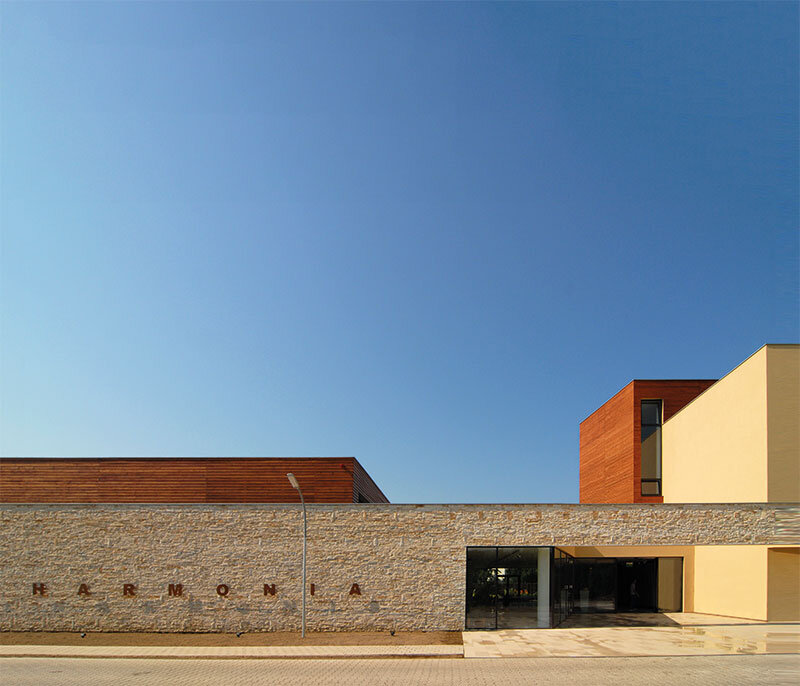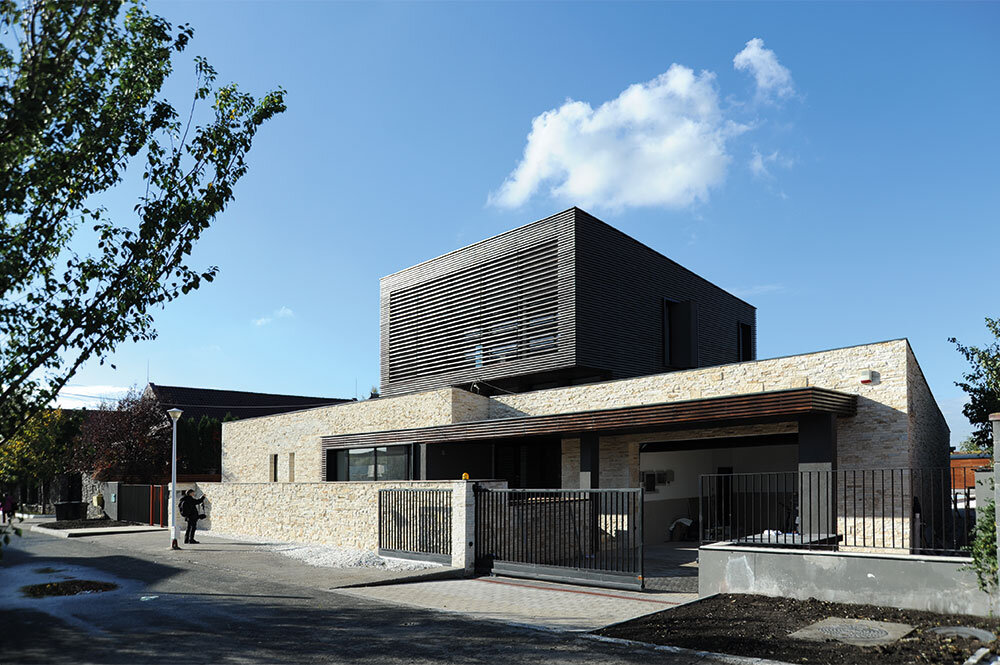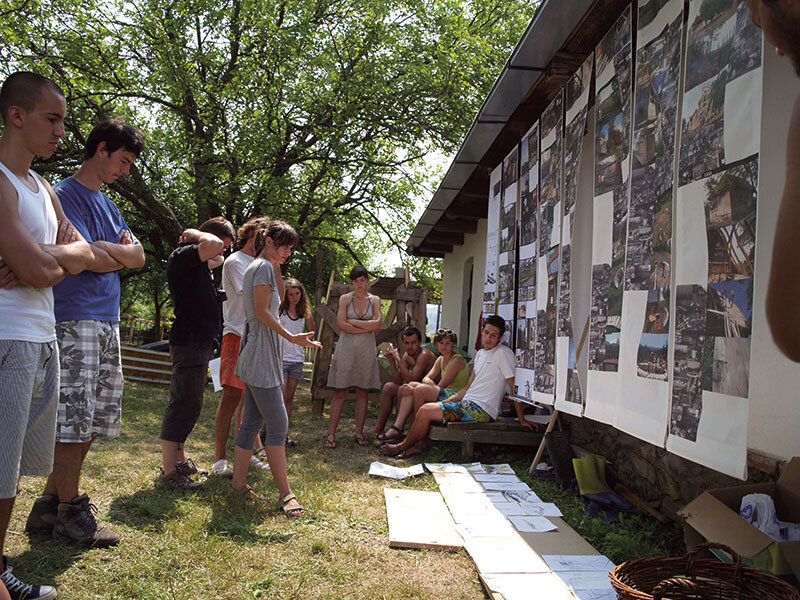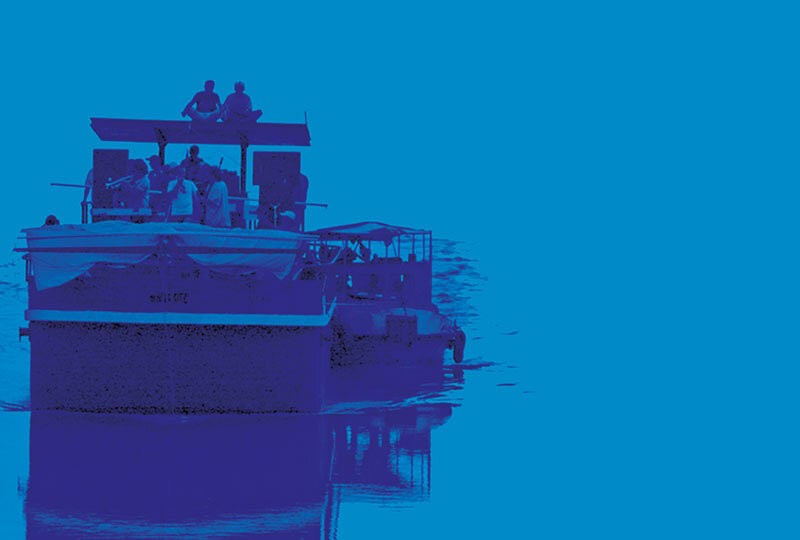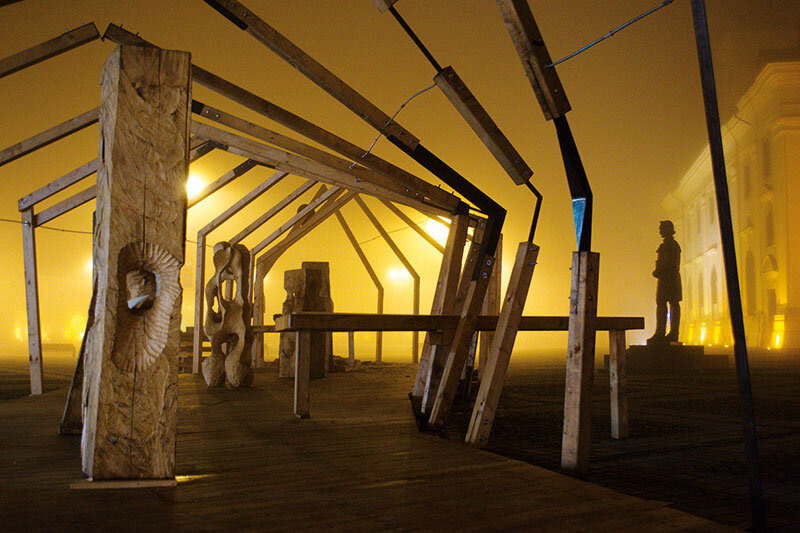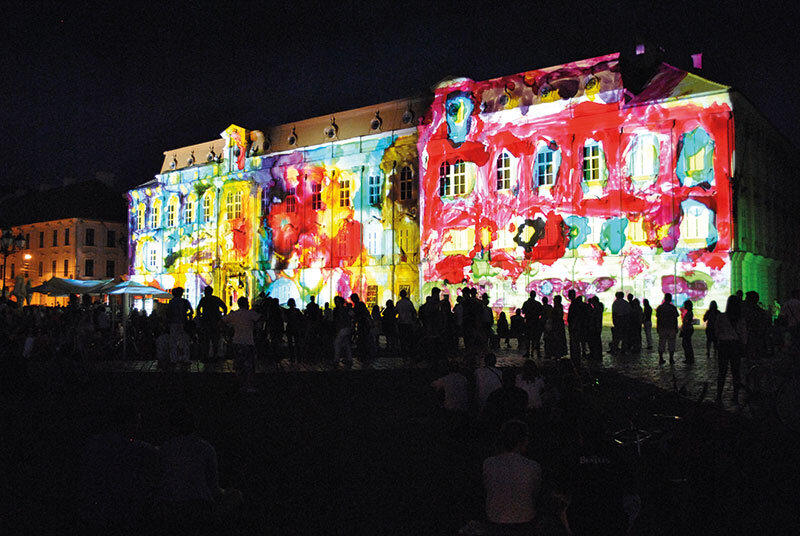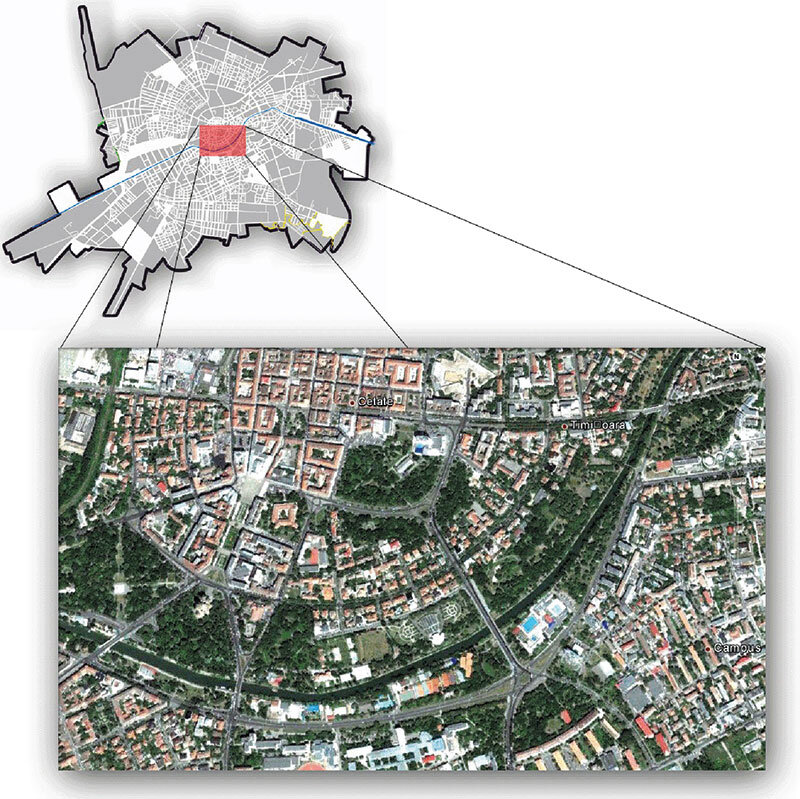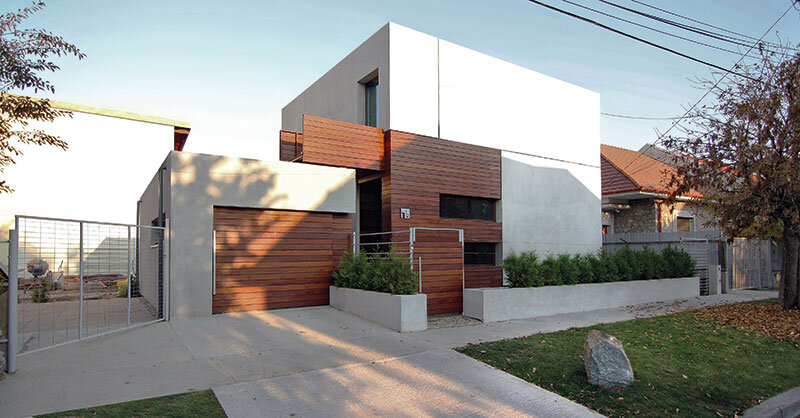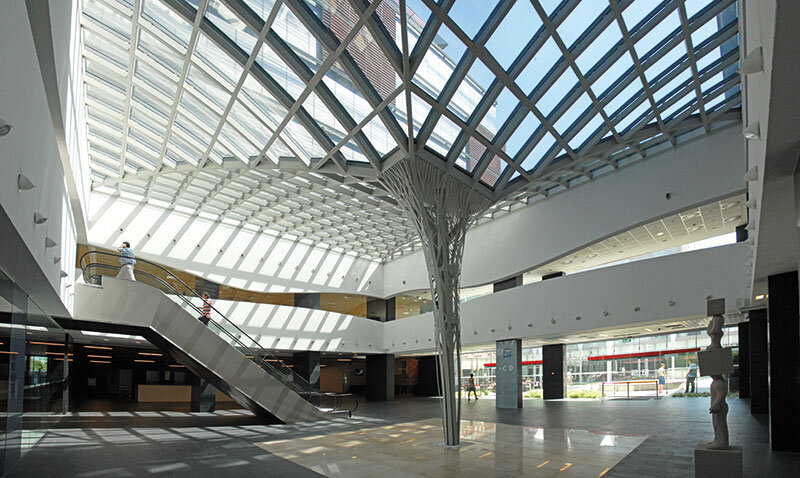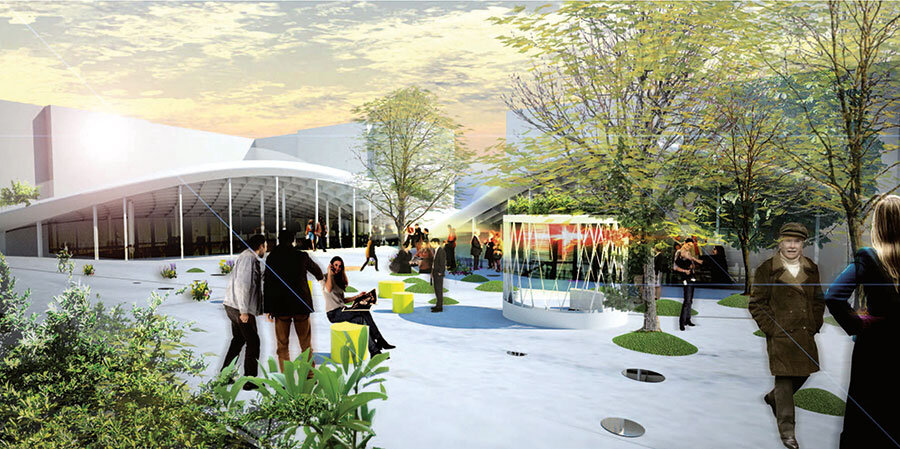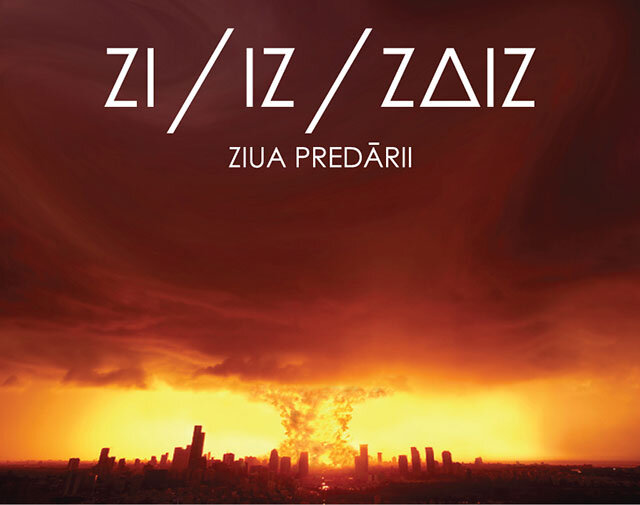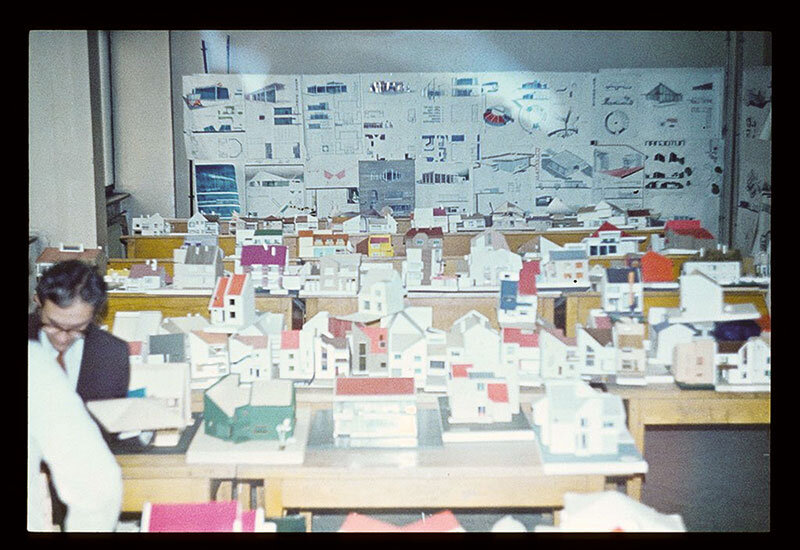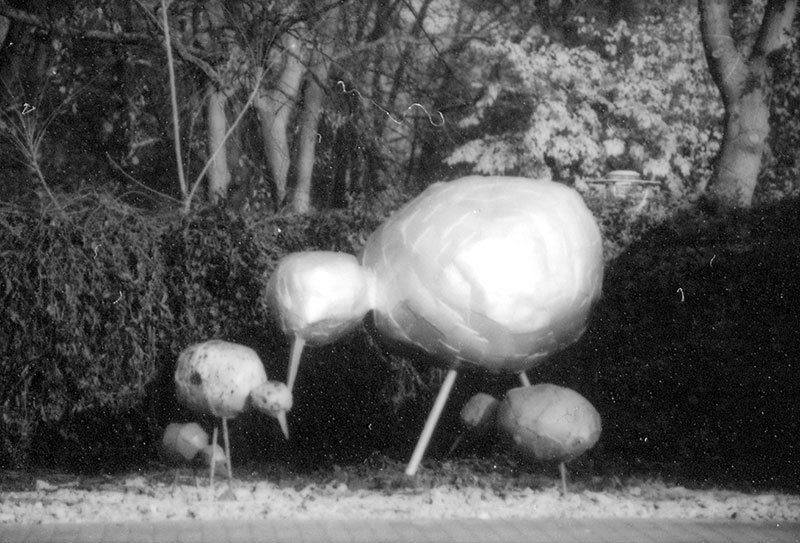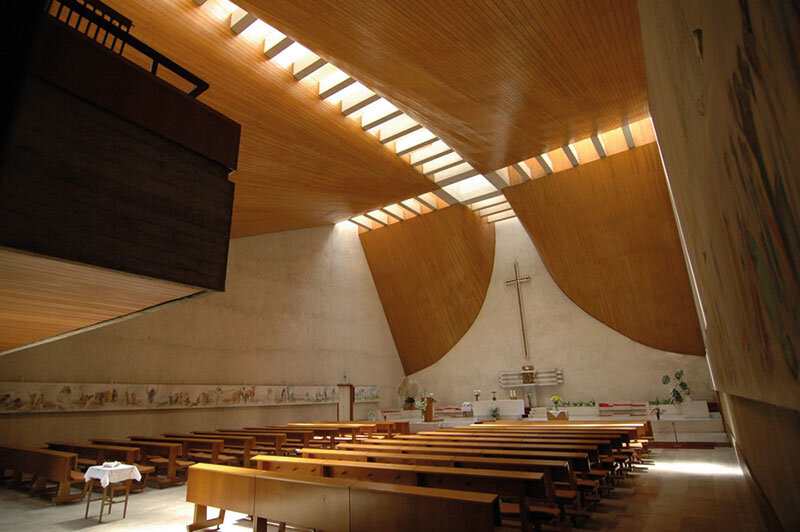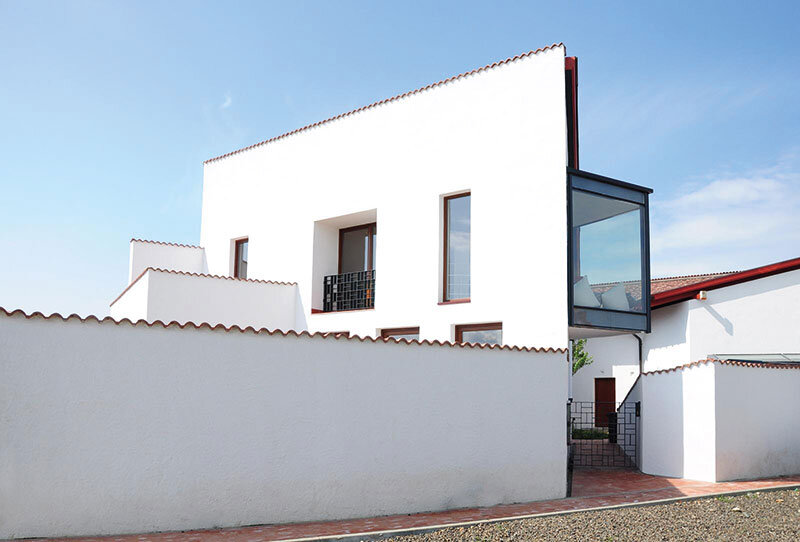
700 - Gateway to the center
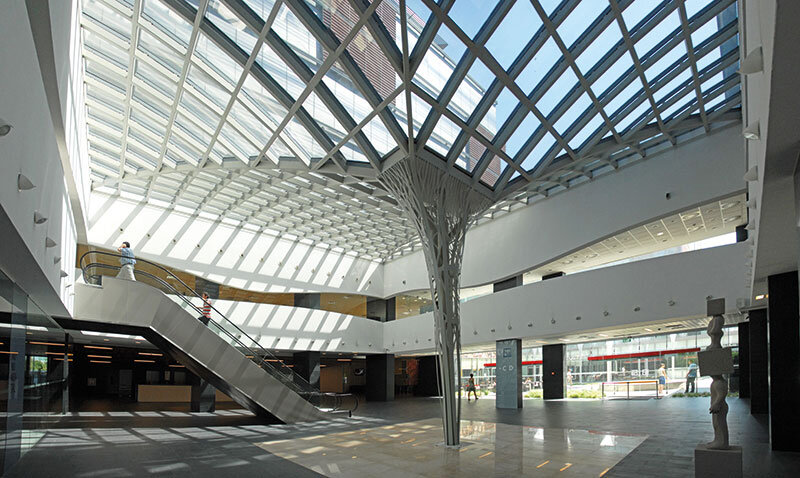
The most complex problem in the urban planning of Timișoara over the last two centuries has proved to be the difficult connection of the historic center with the surrounding areas. In the last century, several solutions have been proposed leading to the principle of the "Gateway to the Historic Center".
The opening of the gate to the south-west at the beginning of the 20th century meant the creation of one of the most emblematic public spaces for Timișoara - the Opera-Cathedral esplanade; the relationship to the east, towards the Fabric district, was also concretized in the same period, with the Revolution Boulevard firmly shaping this axis, which crosses the Decebal Bridge, surrounded by one of Laszlo Szekely's most important buildings - the Neptun Baths. Both the relationship to the north, full of potential following the transfer of large areas of land from the army to the West University, and to the west are being realized. To the north, the construction of the Iulius Mall was a major landmark, possibly speeding up the shaping of this development axis, to the west, the ongoing construction of the City Business Center in Square 700 has given the signal for the regeneration of the area.
The site on which 700 Square and, in recent years, the CBC office complex has taken shape is on the edge of the old fortified citadel, juxtaposed against the old ramparts built by Maria Theresia after the expulsion of the Turks in 1716. Not by chance, after their almost total demolition and the advent of the railroad, the area had a vague, undefined character of the edge of the city. It gradually passed gradually from a military to a civilian administration, with a few important landmarks remaining nearby, such as the large Military Hospital, the Military Church, the Church of the Misericordians, the few fortress bastions. The presence of the military was revived in the area with the occupation of the city by the Soviets. After their departure, the area saw the development of industries. It was not by chance that the textile industry of Modatim factory and the Computer Center appeared here in the 60s and 70s, along with the Construction High School. After the 1990s, new buildings (Aquatim, Alcatel, the Finance Department) continued to crowd in, following cadastral rather than urban planning strategies, despite efforts such as the competition organized by the city council and the Union of Architects in 1993.
In this context, the regenerative potential of the whole area initiated by the City Business Centre by replacing the textile factory with a public urban fabric is a great gain for the city. This has also materialized in a longer-term urban development strategy concept called "Gateway to the Centre", integrating the communication flow/connection on the east-west axis of the old Citadel with the west of Timișoara. If we take into account that at the opposite pole, to the east, the Theresia Bastion Ensemble has been revitalized through restoration and refunctionalization, the more important becomes the reverse theme, the gate to the west, in which the future transformation/ restoration of the Military Hospital into an administrative/ public/ cultural institution becomes a crucial step.
The vocation of the CBC, in addition to being a business pole, to be a lively "little town", even promoting the arts, is essential. In this context, the gallery spaces and pedestrian plaza born here will have a particular role to play.
Read the full text in issue 1/2013 of Arhitectura magazine - Special Issue Timisoara

